- Marty Cagan's book "Inspired" which I review here
- A list of product mgt associations, consultants, blogs, and courses
- A few product management and business strategy books
In those resources there are product frameworks that can help you consider what are the right activities at the right time during a product lifecycle. These include:
280Group's Optimal Product Process
Pragmatic Marketing Product Management Triad
SirriusDecisions Product Marketing and Management Model
One theme often found in these frameworks and in other descriptions of product management is a delineation between technical (execution, internal facing) and strategic (external facing) activities.
Often in Agile methodologies there are:
Technical PMs (Internal Facing “Agile Product Owner”)
- Lead daily stand-ups, get issues resolved that are in the way of developers making progress
- Own product specifics (PRD, specific requirements) and backlogs
- Work on dev/test/release process (or ultimately a DevOps culture with frequent releases) and bug log w/ Tech Lead
- Consider the next minor release
Strategists (External Facing Agile Product Managers):
- Understand market needs and competitors offerings
- Talk with customers; work closely with Sales, Marketing, Services and Product Marketing
- Position product and create roadmap
- Own launches, pricing, beta programs, and product revenue
- Consider next major release and next MRD
Here are a few additional resources that detail this distinction
ProductPlan Product Manager vs. Product Owner
Aha Product Manager vs. Product Owner
Agile Product Manager vs Product Owner at SmartSheet
Similarly Marty Cagan says establishing a strong product culture requires
- Innovation culture: compelling product visions, strong product managers, empowered business and customer savvy teams product teams often in discovery
- Execution culture: urgency, high-integrity commitments, accountability, collaboration, results orientation, recognition, strong delivery management, frequent release cycles
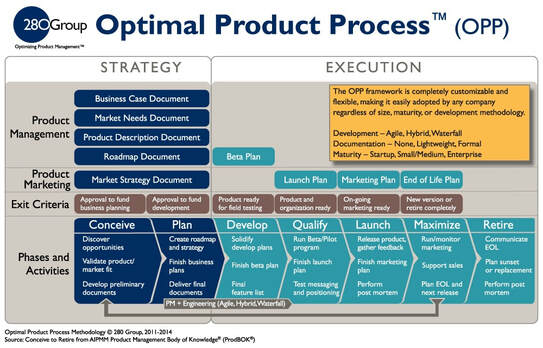
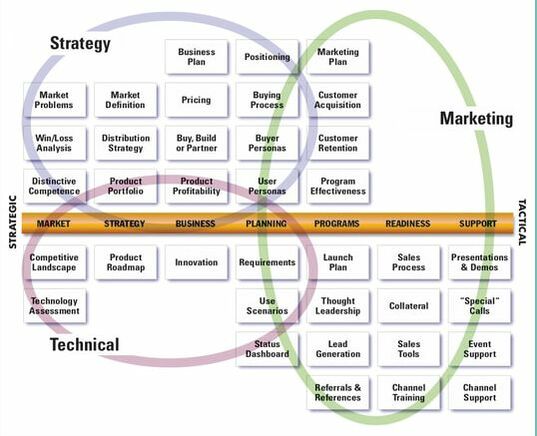
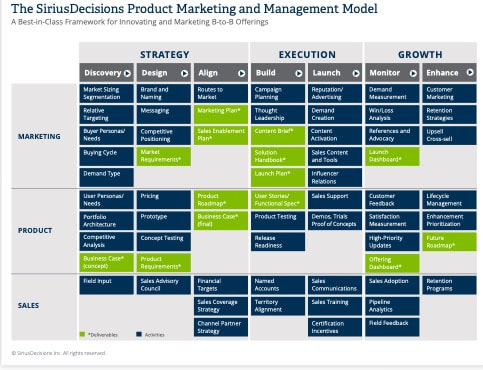
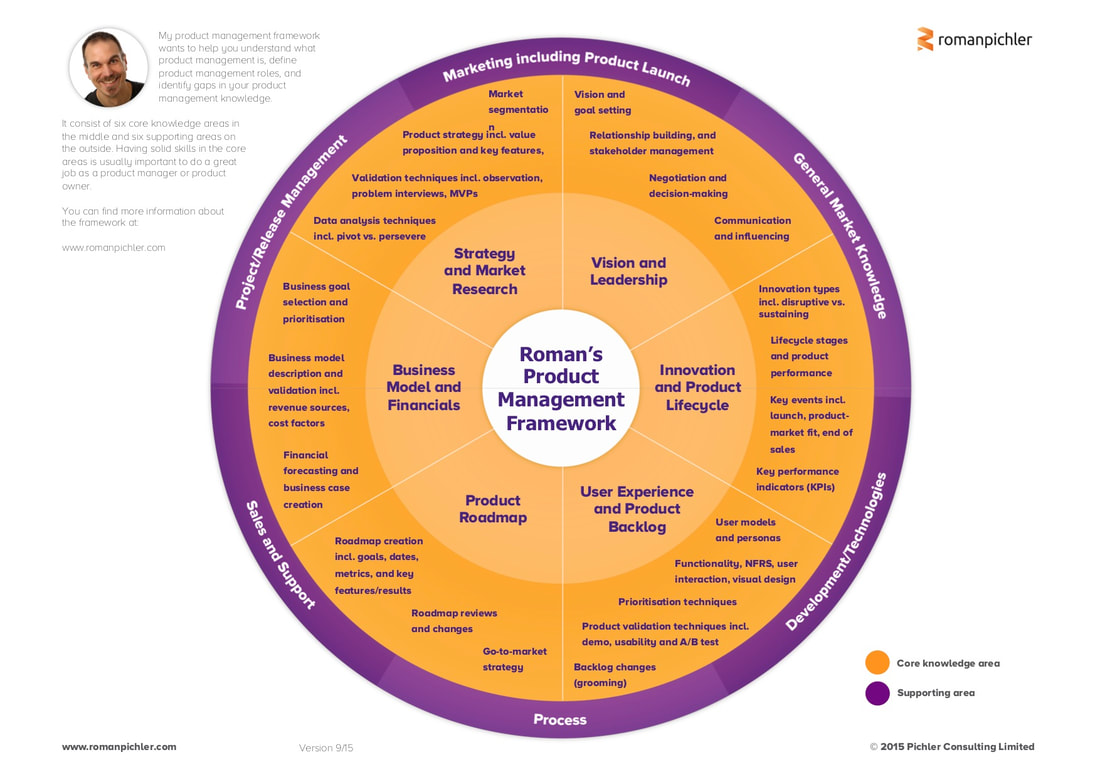
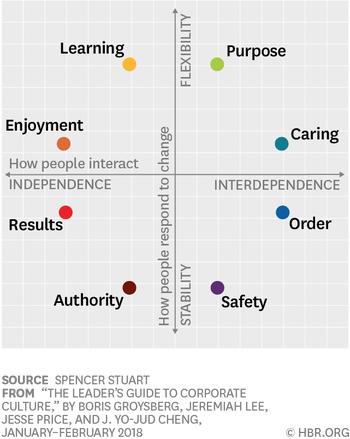
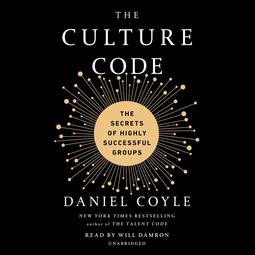
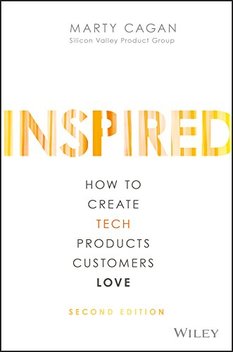

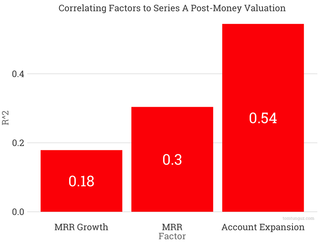
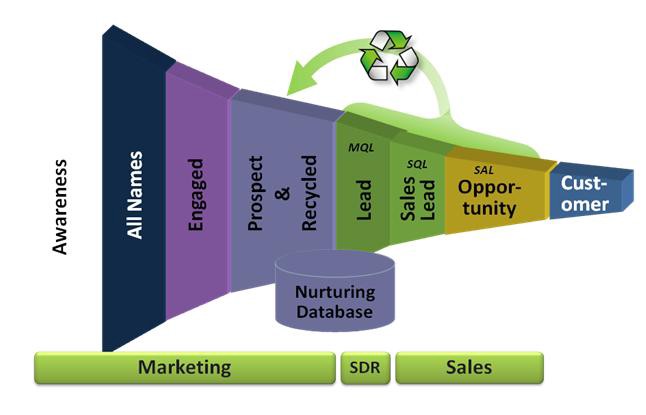
 RSS Feed
RSS Feed